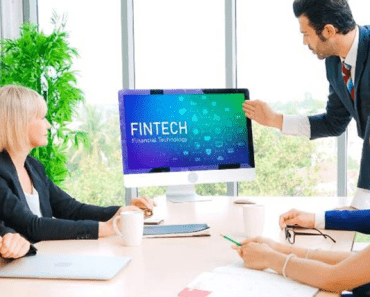Digital tools have made life more linked and convenient than ever before, from online banking and education to healthcare and commerce. Even if a lot of people have embraced this change, some are still left behind, not because they lack potential, but rather because they lack knowledge or access. Organizations are putting forth endless effort to close this gap, which is referred to as the “digital divide,” through education, creativity, and empathy.
Comprehending the Digital Divide
The disparity in access to technology, digital services, and the skills necessary to use them efficiently is known as the “digital divide.” Who can actually profit from the digital age is more important than who possesses a laptop or smartphone.
For many people, digital access can appear daunting or unattainable, particularly for older generations or those living in remote locations. Cost, digital literacy, and reliable internet connectivity are some of the factors that contribute to this discrepancy. As economies and society become increasingly digitally oriented, those without access risk being excluded from essential services like banking, education, and employment opportunities.
A Vision for Digital Inclusion at DBS GSMC Regional-IN
DBS Bank’s global goal to make digital banking accessible and inclusive for everyone depends heavily on DBS GSMC Regional-IN (Global Service Management Centre in India). The group is aware that innovation is more than just developing cutting-edge technology; it’s also about making sure that everyone can use it with assurance and purpose.
In addition to creating digital solutions, DBS GSMC also makes sure that those solutions are human-centered. The goal of every app, platform, and service the team creates or supports is to make banking easier for everyone, regardless of experience level or level of familiarity with digital platforms.
Closing the Distance with Education
Using digital literacy programs to combat the digital gap is one important strategy. The goal of these workshops is to provide participants the knowledge and self-assurance they need to use digital banking technologies in a secure and efficient manner.
Participants in workshops and awareness campaigns learn the fundamentals of digital banking, including how to use mobile apps and spot online scams. These workshops frequently focus on populations that are more susceptible to digital isolation, like elderly people, low-income families, or residents of isolated areas.
Beyond outreach, DBS GSMC Regional-IN’s role in closing the digital gap is ingrained in the way the bank builds its digital ecosystem. For example, the DBS Digibank app was designed to be inclusive and simple. Users may easily manage their finances, pay their bills, and transfer money because of its user-friendly design.
The group makes sure that safety is always the first priority. Customers are taught how to safeguard their personal information and steer clear of phishing scams by educational initiatives such as “Be Safe Online.” In this sense, DBS helps people use digital technologies safely in addition to connecting them to them.
Encouraging Both Communities and Workers
The goal of digital inclusion at DBS GSMC goes beyond its clientele. Employees are urged to advocate for digital empathy within the company, which entails comprehending the needs of consumers who might be less tech-savvy and developing solutions that improve their quality of life.
As voluntary digital ambassadors, many staff members lead community workshops and training sessions. The workplace is transformed into a place of impact and purpose where compassion drives innovation thanks to this giving culture.
One Step at a Time: Bridging the Divide
Although closing the digital divide won’t happen right away, every step taken to promote diversity has a long-term impact. DBS GSMC Regional-IN keeps innovating with passion, creating technology that benefits people rather than the other way around.
DBS wants to make sure that everyone, from young people in rural areas to professionals in urban areas, can make use of digital banking and financial literacy through collaborations with academic institutions, nonprofits, and local communities.



